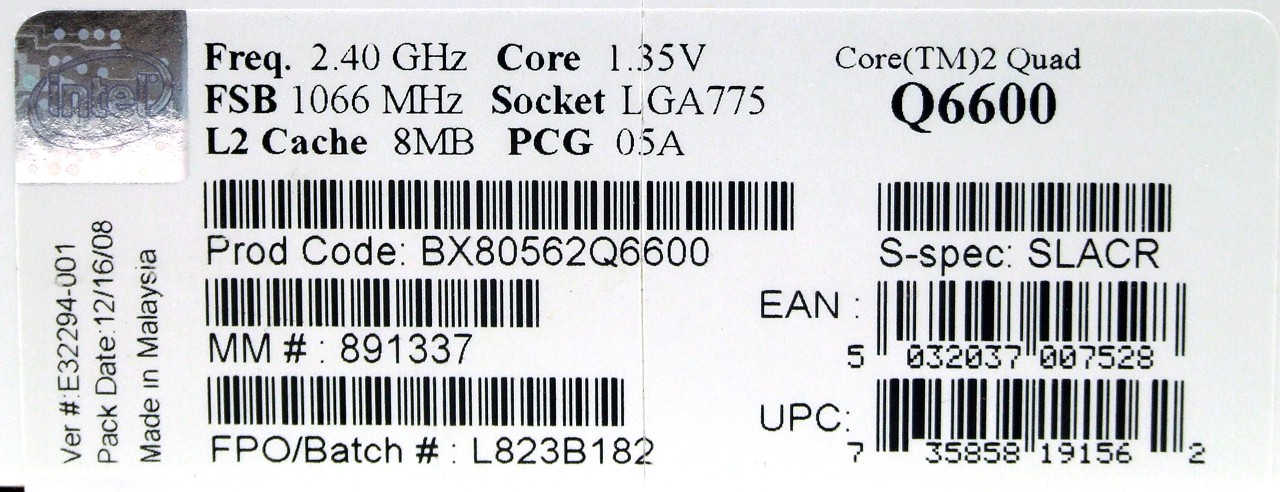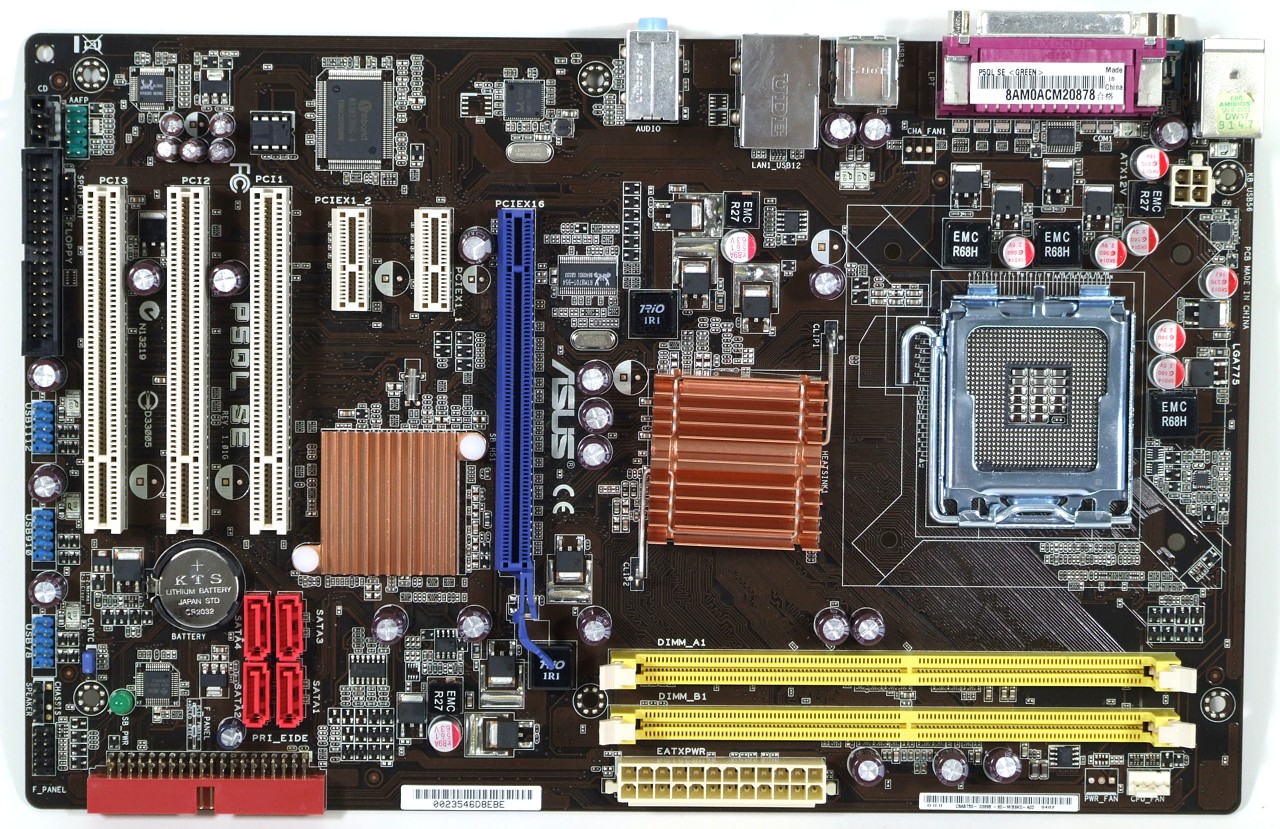The $750 Computing Challenge: Germany Versus USA
Team Germany: CPU And Motherboard
The German team chose to use an Intel quad-core processor to provide maximum performance. The model Q6600 may not be the latest, but it is still one of the most popular, especially because of its reasonable price. We found the Q6600 at prices below $200, while the more powerful and more efficient Core 2 Quad Q9300 starts at $230. While the entry-level quad core Q8200 can be obtained starting at $170, it does not provide the performance of a Q6600. While the US processor, the Core 2 Duo E8500, is rated at 65 W maximum power, the Core 2 Quad Q6600 is specified for up to 95 W. Watch for the correct S-SPEC number to be sure you get the 95 W version.
The 65 nm quad core offers a total of 8 MB L2 cache and runs at a 2.40 GHz clock speed on a FSB1066 bus. The Core 2 Quad Q8200 runs at 2.33 GHz on FSB1333, but only has 4 MB L2 cache total. The fully featured quad-core Q9300 runs 2.5 GHz on FSB1333 and comes with 6 MB L2 cache. As you will see in the benchmark section, the 2.40 GHz quad-core provides substantial performance benefits in applications that are optimized for multi-core processors, but it also requires substantially more power.
If you don’t care about power consumption, you can go ahead and overclock the 2.40 GHz Core 2 Quad Q6600 to 3.0 GHz by simply raising the bus speed from FSB1066 to FSB1333 on any overclocking-friendly motherboard.
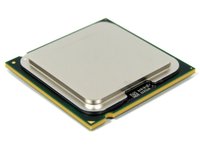
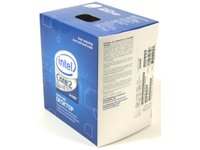
Motherboard: Asus P5QL-SE
While the US team went for a P45 motherboard by Gigabyte, Germany decided to use a P43 model by Asus. The P5QL-SE is an entry-level motherboard, but the differences between the P43 and the P45 are few: the P43 cannot run DDR3 memory faster than DDR3-1066 speeds, and it may not distribute its 16 PCI Express 2.0 lanes across two physical x16 slots. Since we’re not out for a hardcore gaming machine, though, the choice is reasonable.
The Asus P5QL is a bit cheaper than the Gigabyte EP45-DS3L that our US team selected. Asus provides three classic PCI slots, while Gigabyte offers two. Asus utilizes the ICH10 southbridge with four SATA/300 ports; Gigabyte has six ports. Both offer an additional UltraATA/133 controller, HD audio and Gigabit networking. The Asus P5QL-SE has only two instead of four DIMM sockets, though. This is probably not an issue, as both systems are equipped with a pair of 2 GB DDR2 DIMMs, but you should keep this in mind.
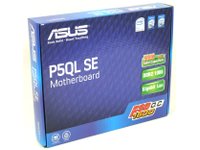
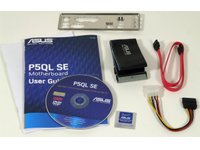
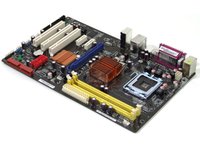
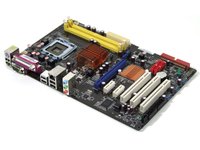
Get Tom's Hardware's best news and in-depth reviews, straight to your inbox.
Current page: Team Germany: CPU And Motherboard
Prev Page Tom’s Cheap Computing Challenge--The Shootout Next Page Team Germany: RAM And Graphics
